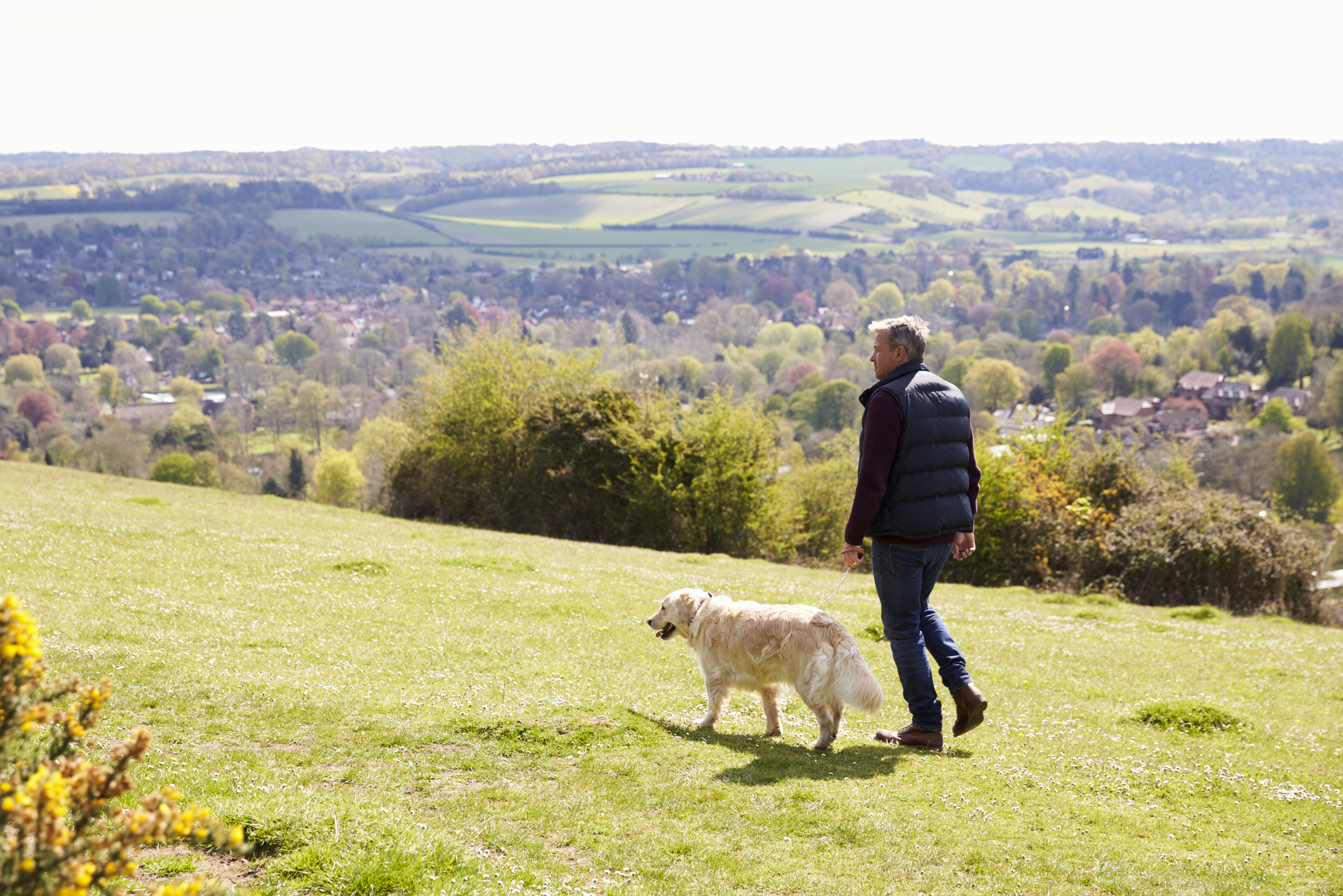How a 58-Year-Old Dog Walker Proved the Experts Wrong and Got His Life Back
Let me tell you a story about a man who, like a lot of people we see, thought he’d run out of options.
He was 58, active, used to enjoy walking his dog every day, hiking at weekends. Nothing crazy, but enough to keep fit and feel good.
The kind of movement that clears your head and makes life feel a bit lighter. But over the years, that all slowly faded away.
Back pain had been part of his life for two decades. It came and went in waves, but over the last couple of years it had got worse. Much worse.
He tried different treatments, saw different people and got some scans but nothing really helped for long.
He ended up with a diagnosis of a large disc prolapse and the surgeon told him surgery was the next step.
A Glimmer of Hope
He was already on the waiting list when he came across one of our Facebook posts.
Something about it made him stop scrolling. He booked in for a free discovery call to just have a chat, with no pressure.
He told us about his symptoms. They were full-on:
- He couldn’t bend to tie his shoelaces or put socks on.
- Rolling over in bed was a mission.
- Sitting for longer than a few minutes was painful.
- He was tossing and turning all night.
- And he’d pretty much stopped walking his dog altogether.
- This wasn’t just a sore back. It was stopping him from doing the most basic things, and the things that made life enjoyable.
We told him the truth. “You’ve got surgery booked. But if you want to give physio one last go, we can try.
We’ll know within three sessions whether it’s going to help. If you see zero change after three sessions, no improvement at all then we’ll stop and you’ll know you gave it your best shot.”
He liked the honesty. Liked that we weren’t pushing anything. So, he booked in for an assessment.

What We Found
He wasn’t in a good place. His hips were tight, his back was stiff, and he had a lot of sciatic pain when we did certain nerve tests.
There was clear muscle tightness, and you could see how guarded his movement had become. He didn’t trust his body anymore.
We said, “Let’s just try and change a few things today. Nothing drastic. Let’s work into the areas that are tight, do some specific hands-on work, and then retest to see if anything changes.”
And that’s exactly what we did.
After that first session, we rechecked his movement and there was a clear improvement.
- He could bend further.
- He could lean back without wincing.
- He could lift his leg easier.
When he came in the week after, things had genuinely improved. He said he’d had a better week than he’d had in years.
He wasn’t fixed, but he’d slept better. He’d barely needed his painkillers. And for the first time in a long time, he was hopeful.
The 3-Session Rule
By the end of session three, he said he felt 70% better. His leg pain had almost gone. Putting on socks, turning in bed all those things were finally starting to become manageable again.
We agreed to continue for another three sessions and by the end of the sixth, he was about 90% better.
No more medication. No more nerve pain. And he could walk the dog again. The only thing left was a bit of stiffness if he sat for too long, and a bit of morning tightness.
At this point, we advised him to go back to the consultant and get rescanned.
He did and when he went in for his follow up, the surgeon looked at the scan, assessed him and listened to how he was doing, and said:
“Honestly, I don’t think you need surgery anymore. You’re doing too well. Keep going with the rehab.”
And that was that.
These days, he does three or four simple exercises each day to stay mobile and he comes in every couple of months for a maintenance treatment to stay on top of it.
No surgery.
No medication.
No more dog walks missed.
What This Story Means for You
We’re not sharing this to say surgery is always avoidable. Sometimes it’s absolutely the right route. But what this story proves is:
- You don’t always need to accept the first plan you’re given.
- Even if you’ve had pain for years, change is still possible.
- You can see meaningful improvement after just a few good sessions.
At our clinic, we have a simple rule:
If there’s zero improvement after three sessions, then physio probably isn’t the answer.
But if there’s even a small shift that’s your green light to keep going.
And maybe, just maybe, you’ll end up where he is now. Taking less painkillers, moving better, and living your life properly.
Joe Sharp
BSc (Hons) Physiotherapy
Request A Free Discovery Call & Ask All The Questions You Need








